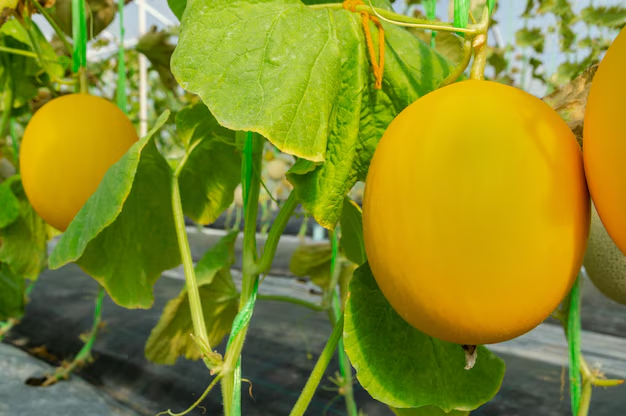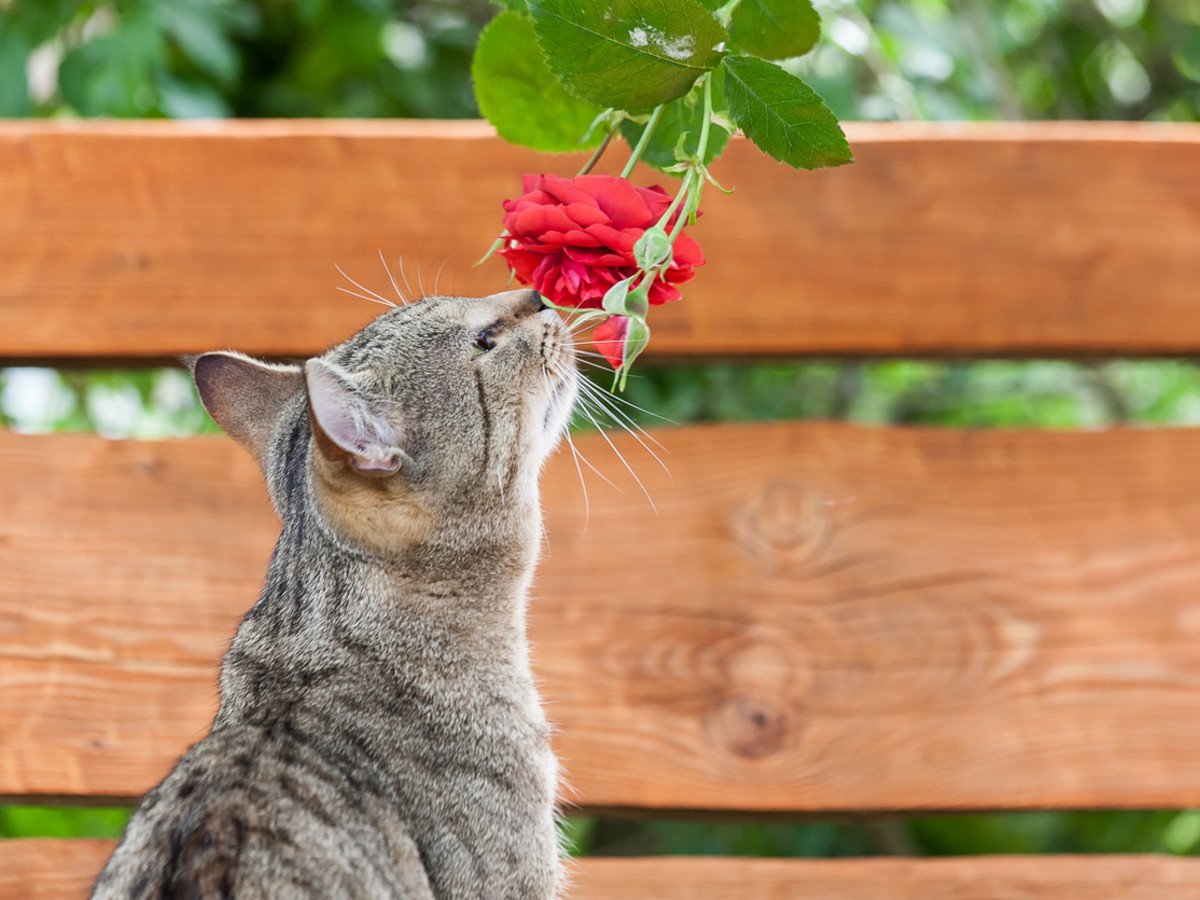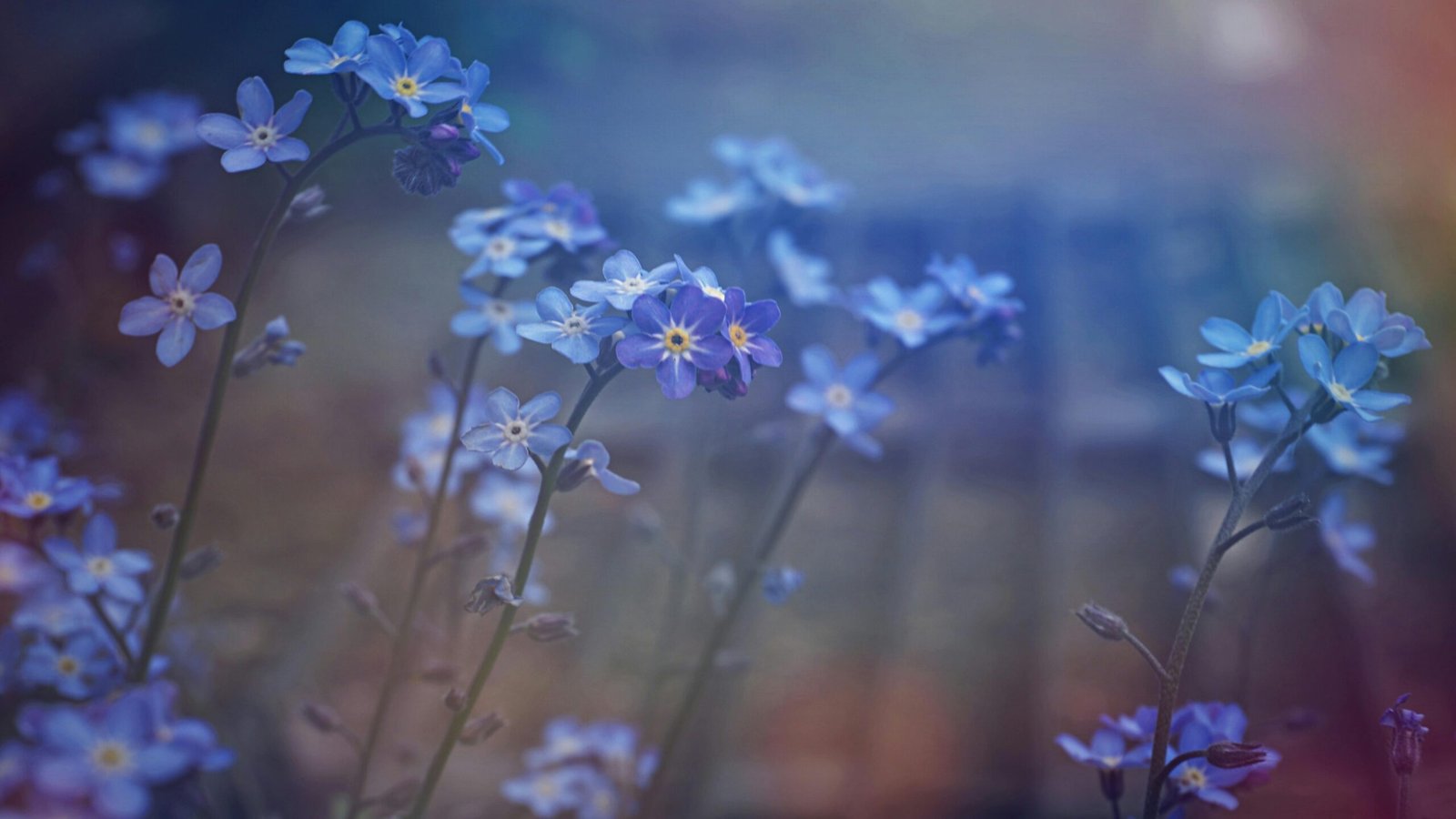The mandevilla is a beautiful tropical plant that adds bright color. With trumpet-shaped flowers, glossy leaves and a climbing habit, this plant is very rewarding when looked after properly. In this post we’ll cover everything you need acording to experts from gardenkt like what the mandevilla plant is, how to pick the right site, how to plant it, how to care for it throughout its life, and how to deal with common problems.
What is the mandevilla plant?
The mandevilla plant (genus Mandevilla) belongs to the dogbane family Apocynaceae. It is native to tropical and subtropical regions of the Americas – Central and South America in particular. The name “Mandevilla” was given in honour of the British diplomat Henry Mandeville.
There are many species and hybrids of mandevilla, with flowers in pink, red, white, yellow or orange. In warmer climates the plant can grow year-round, climbing up trellises or pergolas; in cooler climates it is often grown in containers and brought indoors in winter.
Because of its showy blooms and climbing habit, the mandevilla plant is especially valued for adding height, drama and colour in a garden or on a balcony. It can transform a plain wall or fence into a flower-covered feature.
Why grow the mandevilla plant?
Growing the mandevilla plant brings several benefits:
-
Visual appeal – large trumpet-shaped flowers and glossy leaves provide a tropical effect.
-
Vertical interest – as a vine it climbs, adding height and structure.
-
Versatility – it can be grown in the ground (in warm climates) or in containers (in cooler zones).
-
Continuous bloom – with proper care, it can flower for much of the warm season.
Choosing the right site for the mandevilla plant
Light and exposure
The mandevilla plant thrives in full sun to partial sun. Most sources recommend at least 6 hours of direct sunlight per day for best flowering. In very hot climates, some shelter from the intense afternoon sun is beneficial.
If planted in a container, you can move the plant to capture the best light. If planted against a wall or trellis, ensure the light is consistent.
Temperature and climate
Since the mandevilla plant is tropical in origin, it dislikes cold. It will suffer if night temperatures fall much below about 10 °C (50 °F) and should not be exposed to frost. In zones where winter is cold, it is better grown in a container that can be moved indoors.
Humidity is also favorable, so in dry climates or when grown indoors you may need to mist or provide extra humidity.
Soil and drainage
A key requirement for the mandevilla plant is well-draining soil. If roots are constantly wet the plant may suffer root rot. A good soil mix is sandy or loamy, rich in organic matter, with a pH near neutral or slightly acidic to slightly alkaline (about 6.6-7.8) depending on the source. If grown in a container, ensure drainage holes and preferably a layer of grit or sand at the base to improve drainage.
Support & space
Because many varieties of the mandevilla plant are climbers and can reach large heights (some up to 15-20 ft in a season) it is best planted where a support – trellis, obelisk, pergola – is provided. For containers and patio planting you may prefer more compact cultivars or limit height by pruning (covered later).
Planting the mandevilla plant
When to plant
If you are in a warm climate where nights stay above about 15 °C (59 °F), the mandevilla plant may be planted outdoors after the last frost and when soil has warmed. If you are moving from indoor to outdoor, acclimatise the plant by gradually increasing its exposure to outdoor light.
In the ground
-
Choose a sunny spot with at least six hours of sun per day and ensure the soil drains well.
-
Dig a hole slightly larger than the root ball; mix in some horticultural grit or sand if soil is heavy to improve drainage.
-
Plant the root ball at the same depth it was in the pot. Backfill, gently firm soil, and water thoroughly.
-
Place a trellis or other support at planting time so you can train the vines of the mandevilla plant upward.
In a container
-
Pick a large container (since mandevilla grows rapidly) with ample drainage holes.
-
Use a good quality potting mix amended with sand or grit to enhance drainage. For example, two parts potting mix, one part sand, one part compost.
-
Plant the mandevilla plant and place the support (trellis/stake) in the container.
-
Water thoroughly and place in the chosen spot (sunny, warm).
-
If you live in a cooler region, be prepared to move the container indoors when night temperatures fall.
Caring for the mandevilla plant
Watering
The mandevilla plant likes consistent moisture, but must not be waterlogged. The soil should be kept moist but not soggy. In hot weather or when in containers, check the top 2 inches of soil; if dry, water deeply so the moisture reaches the root zone. Over-watering can lead to root rot; under-watering may cause fewer flowers and stress.
Fertilising
To encourage the mandevilla plant to produce lots of blooms, regular feeding during the growing season is important. A balanced or bloom-promoting fertiliser (higher in phosphorus) applied every 2-4 weeks in spring through summer is recommended. Stop or reduce fertilising in autumn when growth slows or the plant is moved indoors.
Pruning and training
Since the mandevilla plant climbs and can become leggy, pruning is useful for both shape and bloom production. Sources recommend trimming back main shoots by about one-third in spring to stimulate fresh growth and more flowers. Younger stems may be pinched or shortened to encourage bushier habit.
Remove overcrowded or weak shoots, and train the vines up the support you provided. Remove any dead or diseased stems any time. In cooler climates before moving indoors, you may cut back the plant to manage size.
Overwintering
If you live in a climate where temperatures drop below what the mandevilla plant tolerates, you will need to move it indoors or treat it as an annual. Bring the container indoors when nights drop below ~10-15 °C (~50 °F). Provide bright, indirect light and reduce watering. Stop fertilising until growth resumes in spring.
Propagation
If you’d like more mandevilla plants, you can propagate by soft-wood cuttings: take a 10-15 cm (4-6 in) cutting from healthy stems, remove lower leaves, dip in rooting hormone, and place in moist free-draining mix with bottom heat ~20-25 °C. Roots should develop in ~2 weeks. Seeds are possible but less commonly used.
Common problems with the mandevilla plant
Yellow or dropping leaves
This may indicate inconsistent watering (too dry or too wet) or low humidity. If in a container, check drainage and ensure you are watering sufficiently.
Poor flowering or leggy growth
Possible causes include insufficient sunlight (less than ~6 hours), low nutrients, or overcrowded roots. Ensure optimal light, feed regularly, and consider repotting if root-bound.
Root rot or fungal disease
If soil remains soggy or has poor drainage, roots may rot and the plant may wilt or die back. Ensure good drainage, use a free-draining potting mix, and avoid over-watering.
While generally robust outdoors, the mandevilla plant may be attacked by pests such as scale insects, mealybugs, spider mites or aphids – especially when indoors or under low light/humidity. Use insecticidal soap or neem oil as appropriate.
Toxicity
Note: The mandevilla plant is considered toxic if ingested, and the milky sap may cause skin irritation. Keep away from children and pets.
Design and display ideas for the mandevilla plant
-
Climbing feature: Use the mandevilla plant to climb a trellis, pergola or obelisk to create a vertical flower display.
-
Container highlight: On a patio or balcony, plant a mandevilla plant in a large container with a support stake; the height and blooms will bring visual impact.
-
Mixed container: Combine a compact mandevilla cultivar with companion plants (like trailing foliage or contrasting flowers) in a large pot for a mixed display.
-
Wall or fence cover: Train the mandevilla plant along a wall or fence to soften hard surfaces and bring colour.
-
Indoor winter display: In colder zones, when moved indoors for winter, the mandevilla plant can still provide glossy foliage and structure, even if not many flowers.
When choosing a cultivar, you may select more compact types if space is limited, or large-vine types if you have a pergola or large trellis.
Mandevilla plant care checklist
Here’s a quick checklist you can refer to for the mandevilla plant:
-
Site: Sunny spot (6+ hours), some afternoon shade if climate is very hot.
-
Support: trellis/stake/obelisk for climbing habit.
-
Soil: well-draining, sandy/loamy, rich in organic matter.
-
Planting: after last frost, or in container to manage indoors/outdoors.
-
Watering: keep moist but not soggy, allow surface to dry somewhat between waterings.
-
Fertilising: every 2-4 weeks during growing season with bloom-promoting fertiliser.
-
Pruning: in late winter/early spring (or when moving indoors) cut back, remove weak stems, train vines.
-
Overwintering: bring indoors before nights drop below ~10-15°C (50-59 °F), reduce watering, stop fertilising.
-
Propagation: take soft-wood cuttings in spring/summer, root in moist free-draining mix.
-
Monitor pests & diseases: check for scale, mealybugs, aphids, root rot.
-
Safety: keep away from pets and children; wear gloves when pruning due to sap.
Conclusion
If you are looking to add a showy and vigorous flowering vine to your garden or patio, the mandevilla plant is a superb choice. With the right site, support and care it can reward you with months of colourful blooms and lively foliage.
By following the steps above choosing a sunny site, planting in well-drained soil, providing a trellis, watering wisely, feeding regularly, pruning correctly, and taking care of potential problems — you can enjoy a lush and flowering mandevilla plant season after season.









